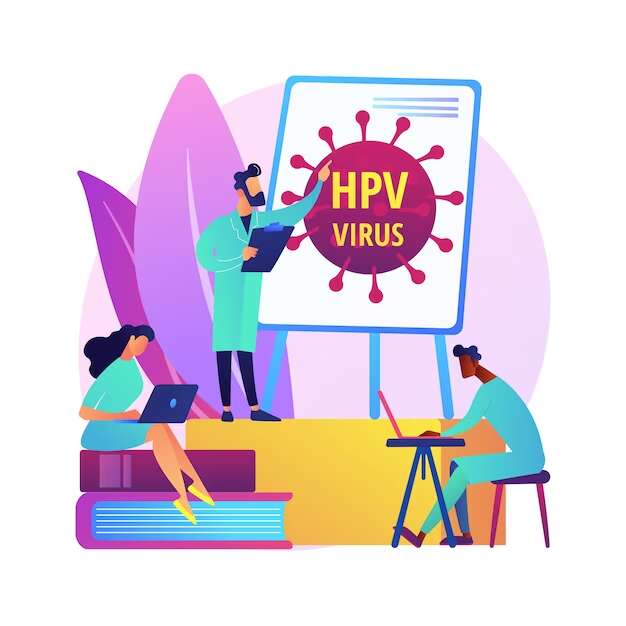Gift of Peace of Mind
Give the Gift of Peace of Mind: Your Time is the Present
In the spirit of the season, give yourself and your family the gift of year-round peace of mind. Time is a precious, especially during the holidays. Managing health concerns shouldn’t add unnecessary stress to your life.
Your Time is Valuable
In the midst of holiday chaos, every minute counts. Balancing work, family, and unexpected health issues can feel like a never-ending juggle. As a working parent, I understand the challenges of carrying the mental load and strive to help you reclaim your time.
Immediate Health Support
Picture this: “My son has a sore throat and fever; I’ve reached out to his doctor’s office and am waiting for a call back.” Your health concerns should be addressed promptly. As your physician, I’m here to provide immediate answers to your health questions via text, allowing you to swiftly address concerns and get back to the joy of the season.
Effortless Healthcare Solutions
“My daughter cut open her foot. Urgent care or ER?” Waiting for a callback or spending hours in a waiting room is not an option for busy families. We handle these situations promptly, ensuring your family’s health is prioritized without unnecessary delays.
Streamlined Doctor Visits
“I’m constantly tired, but scheduling a doctor’s appointment is daunting.” We’ve simplified the process. Booking a convenient time that suits your schedule is all it takes – no waiting room hassles. This isn’t too good to be true; it’s a reality we offer year-round.




















